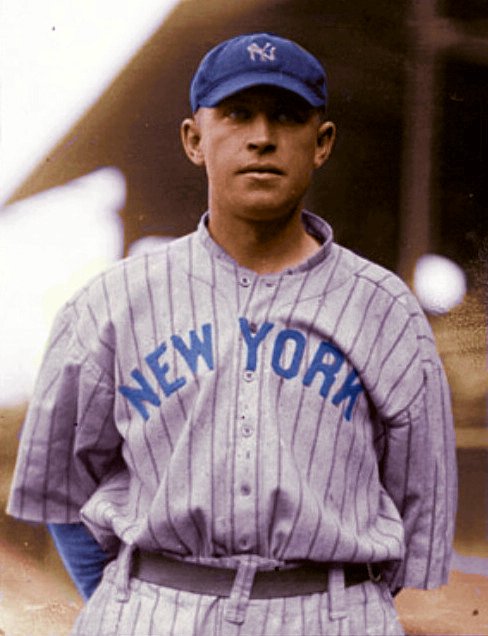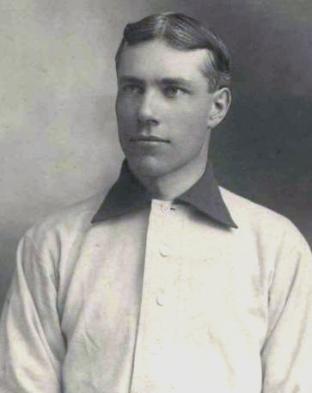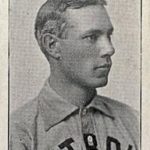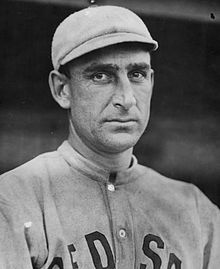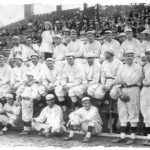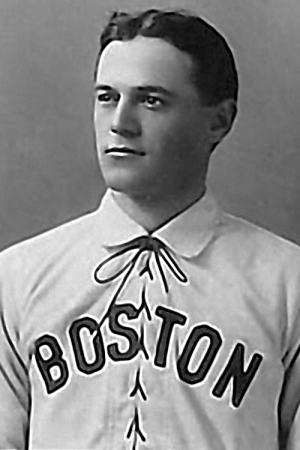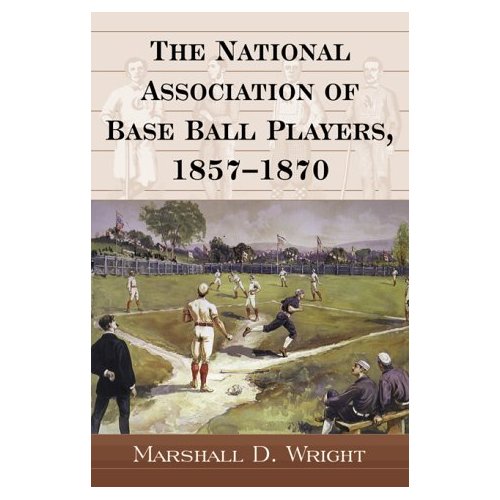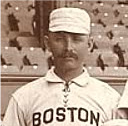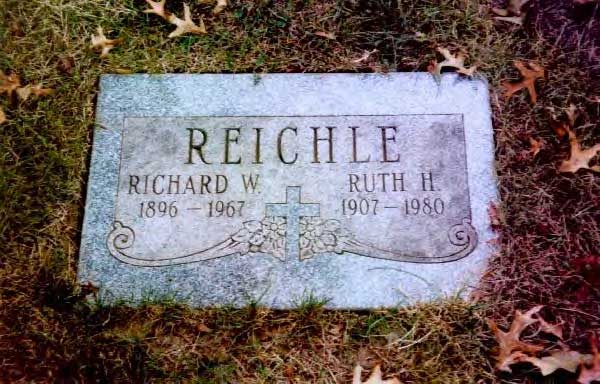Born in Central Illinois Major Leaguers
He was born Emil John Leonard on March 25, 1909, in Auburn, Illinois to Emil and Julia Leonard. The story goes that he got the nickname from an earlier baseball player named Dutch. Leonard was a high school star in basketball and football as the school didn’t offer baseball. In the summers, “Dutch” would play on the sandlots and with semipro teams as he had an overpowering fastball.
His father was a coal miner and continually urged his son to find a better way to make a living. Emil didn’t listen, at first, as he went to work in the coal mines. That lasted three days and he knew his father knew what he was talking about. He took a different job digging ditches for the electric company in the Chicago area where he began pitching for the company team.
He was noticed for his abilities on the baseball field by the Evanston News Index and they hired him to play baseball and in 1929, the company was the city champions. Leonard had outdueled a former major leaguer in Hippo Jim Vaughn. He began to play professional baseball fulltime in 1930 as he bounced around several minor leagues teams for the next four seasons. He got a bit tired of that and went home and got a job driving a truck.
In the spring of 1933, he signed to pitch in Class A New York Penn League and went 12-15 and received the noticed of the Brooklyn Dodgers. They paid him $800 and gave him a 10-day trial. He made his major league debut on August 31 as he entered the game in relief with his team down 6-0 to the St. Louis Cardinals. He faced bases loaded and two out and proceeded to keep the Cardinals scoreless until the seventh inning. His debut was a success. The team liked what they saw and advised him to use his knuckleball more often. He ended with a 2-3 record and a 2.93 ERA.
The Dodgers assigned him in 1934 to room with their fading star Hack Wilson. Hack had many National League records o his name but was having trouble staying away from the booze. One night Wilson demanded that Leonard join his for a drink. They went to the bar and got their drinks when Wilson smacked the bottle out of Leonard’s hand and told him to stay away from booze so that he didn’t end up like Hack Wilson.
The seasons and teams flow by from there for “Dutch” as he bounced around with an array of success and failure. In 1950, he had become the oldest player in the National League at the age of 41. He had been mostly relegated to the bullpen but the Cubs gave him a job as pitching coach but was fired in 1956 with all of the miserable coaches of the Chicago Cubs.
After baseball, he became a counselor with the Illinois Youth Commission. He conducted baseball camps for rehabilitation youth. He retired at age 65. On April 17, 1983, Leonard died and is buried near his hometown of Auburn. He left behind his wife of almost 49, Rose, and two sons and one daughter.
In Summation:
Emil John “Dutch” Leonard (March 25, 1909 – April 17, 1983) was a professional baseball player. He played in Major League Baseball (MLB) as a right-handed knuckleball pitcher for the Brooklyn Dodgers (1933–36), Washington Senators (1938–46), Philadelphia Phillies (1947–48), and Chicago Cubs (1949–53).


